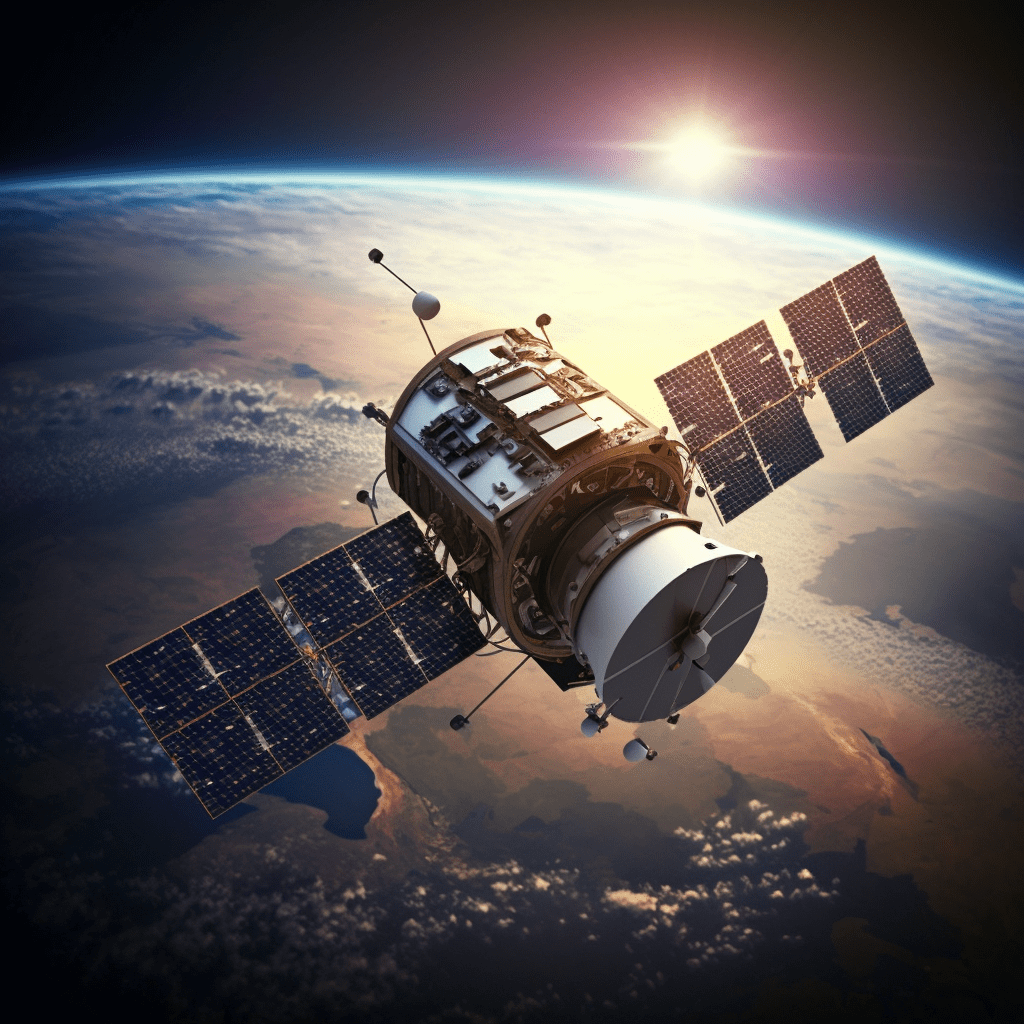
The University of Stuttgart’s Institute for Photovoltaics (IPV) and Institute of Space Systems (IRS) are researching solar cells that could make satellite operations more cost-effective, writes the German university in a press release.
Modern satellites are powered by solar cells, and their efficiency and durability are key factors in determining how long a satellite can remain active. Gallium arsenide is currently the semiconductor material of choice for these applications, due to its robustness in extreme conditions such as those found in outer space. However, a new class of compounds known as perovskites could prove to be even more suitable for space exploration.
Perovskites are metal halide compounds, first described in 1978 by Dieter Weber of the University of Stuttgart’s Institute of Inorganic Chemistry. Since then, interest in this field has grown exponentially.
The IPV and IRS launched the PÆROSPACE project to explore this potential. In 2022 they received 50,000 euros of start-up funding through the University of Stuttgart’s “Terra incognita” research funding program. This program was designed to develop previously undefined research fields using interdisciplinary approaches and to facilitate pioneering research.
The benefits of perovskite solar cells
Perovskite solar cells have numerous advantages over traditional silicon cells when used in space applications. Firstly, they are able to produce more power per weight than gallium arsenide solar modules. Whereas gallium arsenide solar cells typically produce 3 watts per gram, perovskite solar cells can generate up to 30 watts per gram.
This increased power density means that satellites can be made lighter, which in turn reduces the cost associated with launching them into orbit. Additionally, perovskite solar cells are able to capture more energy from a given area than silicon cells, enabling them to generate more power even when exposed to low light levels.
However, perovskite solar cells do have some drawbacks when compared to gallium arsenide. One major issue is that they are not as robust as their silicon counterparts and can suffer from accelerated aging when exposed to extreme conditions such as those found in outer space. This means that they need to be replaced more often than gallium arsenide solar modules.

The future of perovskite solar cells
The IPV and IRS believe that perovskite solar cells could be an important part of the future of space exploration. The increased power density they offer could help reduce the weight and cost associated with launching a satellite into orbit, while their improved efficiency could enable them to generate more power even under low light conditions.
However, before this technology can be widely adopted for use in space applications, further research is needed to address the issue of accelerated aging when exposed to extreme conditions. If successful, this could open up a whole new field of possibilities for satellite operations.

